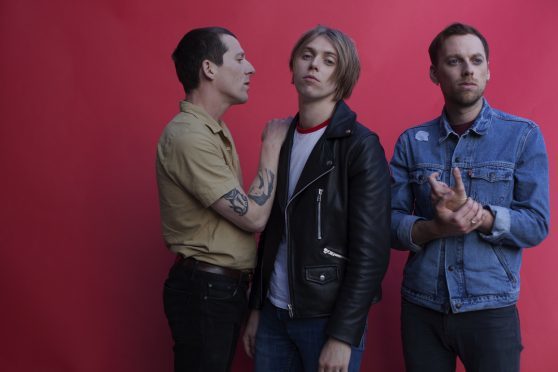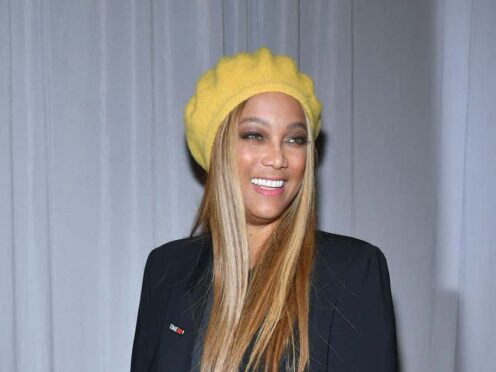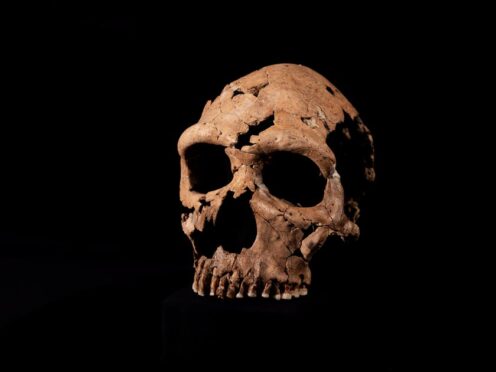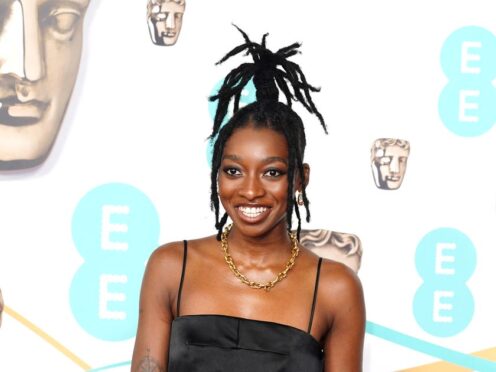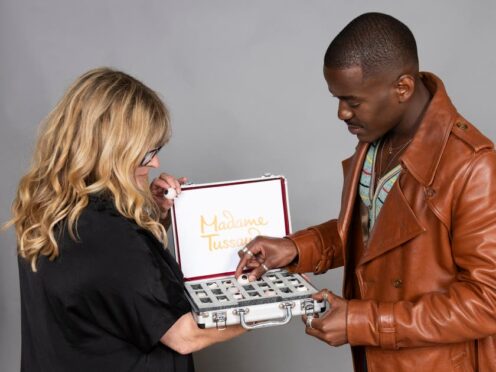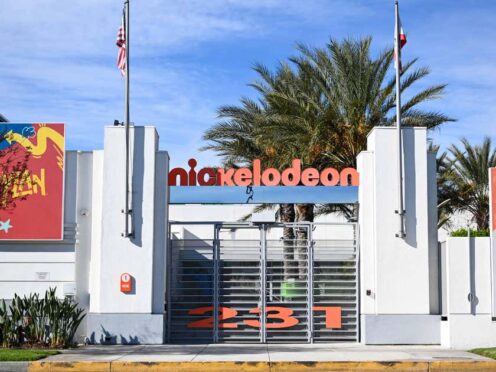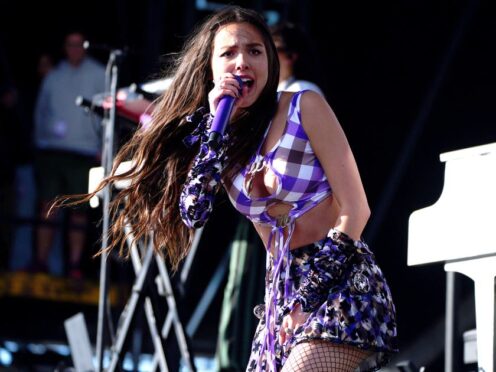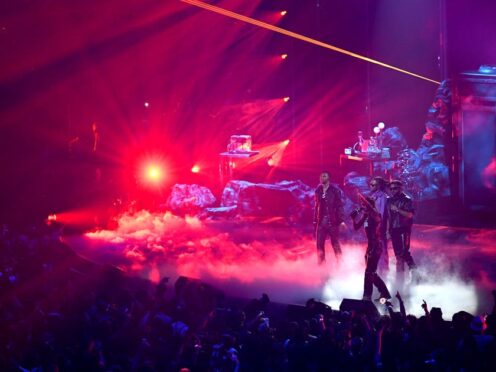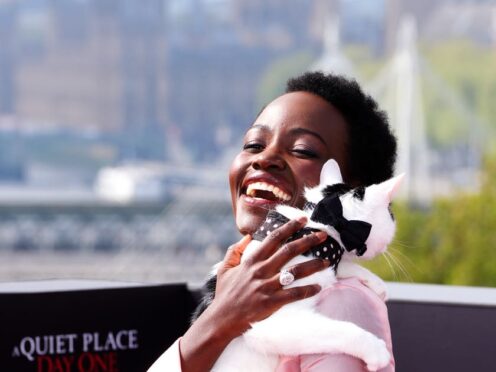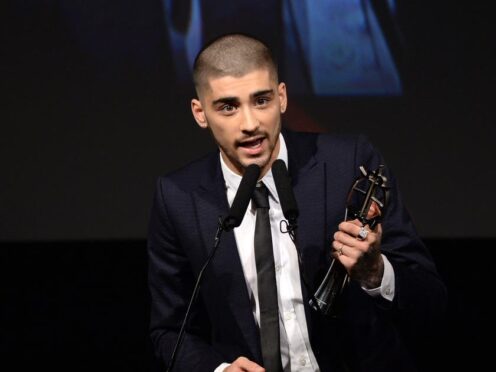One-third of The Xcerts answers some questions and finally lets us know where the band name comes from.
Aberdonian Jordan Smith, 30, makes up the rock band The Xcerts along with fellow musicians Murray Macleod and Tom Heron.
How did you all meet?
Murray and I met in school, where the band was originally formed, before moving to Brighton and meeting Tom who completed the line-up.
Have you always been involved in music? How did you get started?
Strangely, no one else in my family is particularly musical in any way. I think maybe my grandad played the penny whistle, besides him I guess I’m the exception to the rule; a good argument for nurture over nature.
Did you play gigs individually before you became a group?
Not really. Murray formed the band in school and there were a few different incarnations before I ended up joining. Likewise, Tom played in bands in Exeter when he was growing up. I think it’s a better experience in a group, there’s more camaraderie, and the whole singer-songwriter gig seems a bit lonely to me.
Where does the name come from?
Nowhere! It’s literally a made-up word that we decided on when we were 14 that, somehow, stood the test of time. It’s a little silly, but then so many band names are and you don’t even think about it, because they’re associated with big successful artists. Like Maroon 5 or U2, the name becomes more accepted as the band does.
Where is your favourite place to visit for a gig?
I love that part of this job means getting to travel a lot and see different places and I’ve definitely been lucky enough to visit some amazing cities in my time, but, honestly, I love playing shows in Scotland. Mainly because our fan base here is so great, and a lot of them have been with us since the very beginning so every show has this amazing, community atmosphere to it, like we’re all one big family.
What is your process of songwriting and putting together an album?
I think the approach to making each record is different, as you learn so much from the previous album that you then apply to the following one, so it’s this constant feeling of development and growing as a band. But in terms of writing the songs, the approach never changes too much: spend several months in hot, windowless rooms, developing the songs Murray has sketched out, on his own, into finished pieces of music that we’re all happy with. That part never really changes.
How long does it take you to create an album?
It varies a little for us, anywhere between three months to a year. I think we’re learning as we get older that it’s better to try to set yourself deadlines to have songs finished by, to stop yourself from over-thinking or stagnating over an idea.
What song is your favourite?
My favourite from the new record is the second single Daydream. I just love the simplicity of the instruments and the imagery the lyrics evoke just make me think of those classic pop-hooks, like Peggy Sue or something.
What artist do you admire?
Tom Waits is without a doubt my favourite artist of the last 50 years. His constant progression as a writer and a singer, the way his style has evolved over the years, the unconventional way he records his own music, he can literally do it all. Him and Bowie are the only two artists I can think of who spanned every decade, every musical trend, and managed to stay relevant.
How hard is it to break into the music industry?As hard as it is in any occupation that involves being creative. Trying to create a formula for success in a business that’s completely subjective, where everyone’s tastes are different, and people try to calibrate opinion or chart trends, is doomed to failure. All you can do, as an artist, is try to satisfy your own tastes, that’s the first and most important thing.
What is the biggest lesson you have learned in your music career so far?
Buy a guitar tuner.
What would your goal for 2018 be?
Keep pushing ourselves as a band, keep trying to write great songs, keep having fun.
What genre of music would you put yourselves in and why?
I like just telling people we’re a rock band. It’s easier than trying to find the perfect sub-genre to fit yourself into – post-punk, pre-jazz, yacht- rock. It’s more succinct and it covers all of our influences in one syllable.
What should audiences expect?
Sweat, hugs, sore ears, Easter eggs (seasonally dependent).
Why should people come along to your gigs?
Because life is short and beauty and fun are in limited supply nowadays, so it’s good to share it out when you can.
The Xcerts are playing in The Garage on February 24. See http://www.thexcertsband.com/#secondPage
